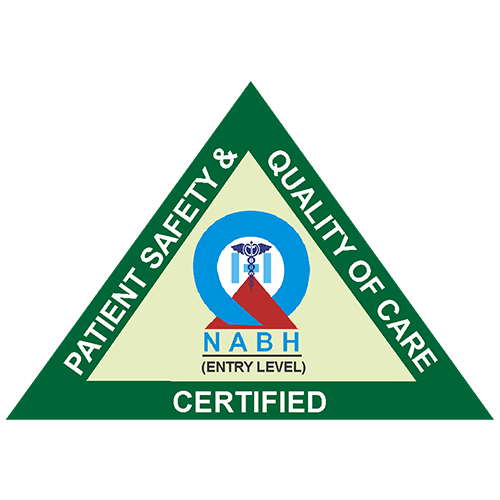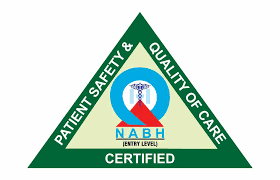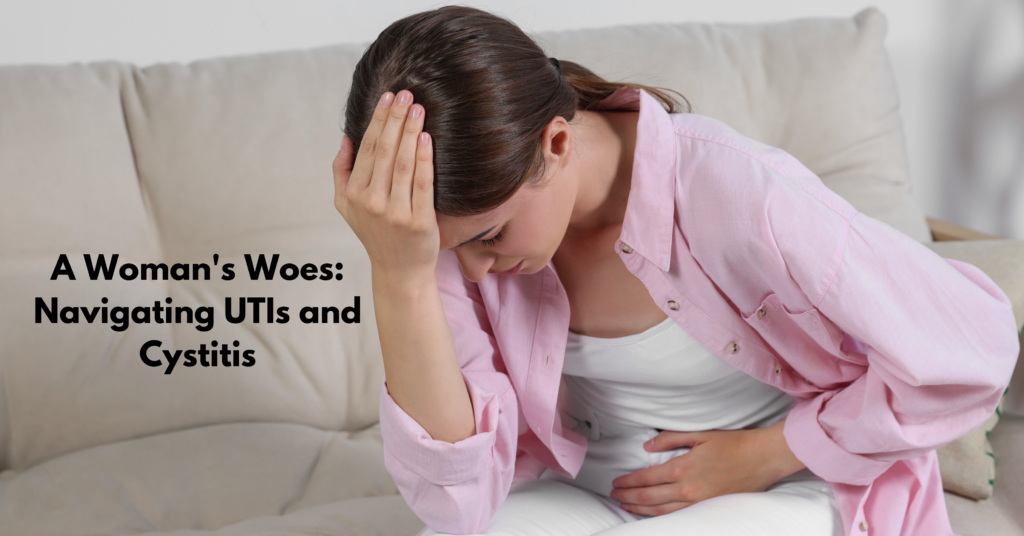Overview:
Urinary tract infections (UTIs) are a common medical condition that affects millions of people worldwide, with females being more susceptible to it than males. UTIs occur when bacteria enter the urinary tract, causing an infection in the bladder, urethra, or kidneys. One type of UTI that is particularly common in females is cystitis, which affects the bladder specifically and is characterized by inflammation of the bladder lining. This inflammation can cause a range of uncomfortable symptoms such as a frequent urge to urinate, burning or pain during urination, and cloudy or strong-smelling urine. Women are more likely to get cystitis than men because their urethra is shorter, making it easier for bacteria to travel up to the bladder.
Cystitis And Urinary Tract Infections (UTIs) – What Is It?
Urinary Tract Infection: An infection of the urinary system and urinary tract is known as a urinary tract infection (UTI). This might result in urethritis (affecting the urethra), cystitis (affecting the bladder), and pyelonephritis (affecting kidneys).
Cystitis: Cystitis is a bladder-specific urinary tract infection (UTI) caused by bacteria. It happens rather frequently, particularly among women. Antibiotics may not be necessary if the situation gets better. Cystitis often goes away quickly and without any problems.
What Microorganisms Leads To Cystitis And Urinary Tract Infections (UTIs)?
The most common cause of cystitis is a bacterial infection, most often caused by Escherichia coli (E. coli), a type of bacteria commonly found in the gastrointestinal tract. Other bacteria that causes cystitis are:
- Klebsiella pneumoniae.
- Proteus mirabilis.
- Staphylococcus saprophyticus.
Sexual intercourse, use of certain contraceptives, menopause, and pregnancy are some of the risk factors that can increase the likelihood of developing cystitis
What Are the Signs and Symptoms of Cystitis and Urinary Tract Infections?
Urinary Tract Infection – Symptoms:
Adults with a urinary tract infection (UTI) typically experience dysuria, or painful urination, along with increased frequency and urgency of urinating, among other symptoms. Many times, one could feel as though their bladder is full or their lower abdomen is in pain. Additional signs include:
- Sensitivity in the area above the pubis.
- The costovertebral angle and the flanks’ tenderness (may be present in cystitis but suggest upper UTI).
- Blood in the urine.
- Chills, a fever, and a general malaise (may be noted in patients with cystitis but are more frequently associated with upper UTI).
Cystitis Symptoms include the following:
- You can experience pain, burning, or stinging when you urinate.
- You could have an acute and frequent urge to urinate.
- You may have muddy, or pungent urine.
- You can feel discomfort in the lower part of your abdomen.
What Increases My Risk of Developing UTIs and Cystitis?
Women have shorter urethra than males. It will be more likely for bacteria to infect the bladder once they get there. Examples of elements that make it more likely for bacteria to enter the bladder include the following:
- Wiping the bottom from back to front.
- Having sex.
- Urinary catheters (a tube in your bladder used to drain urine).
- Using spermicide in conjunction with birth control.
- Kidney stones.
- Pregnancy.
- Having diabetes.
- Weak immune system.
- Constipation/Diarrhoea.
How Are Cystitis and Urinary Tract Infections Treated?
If you suspect that you may have cystitis, it is important to seek medical attention. Your healthcare provider will likely ask you about your symptoms and perform a physical exam to check for any signs of infection. They may also order a urine test to check for the presence of bacteria or blood in the urine.
Treatment for cystitis typically involves a course of antibiotics to clear the infection.
- Oral therapy using an antibiotic will be selected based on its efficacy against gram-negative aerobic coliform bacteria, which is the main course of therapy for cystitis patients (e.g., Escherichia coli). A three-day treatment of an antibiotic is sufficient for the majority of women. Typically, symptoms get better a day or two after therapy starts.
- Avoiding treatment may be an option if symptoms are mild (if you are not pregnant or have no other illnesses). Your immune system can usually get rid of the illness.
- Without the use of antibiotics, cystitis (particularly small kinds) may go away on its own in a few days.
- But if you don’t take antibiotics, your symptoms can last a week or more.
Your healthcare provider may also recommend over-the-counter pain relievers to help manage any pain or discomfort. Drinking plenty of fluids and avoiding caffeine, alcohol, and spicy foods can also help alleviate symptoms.
How Can UTIs and Cystitis Be Prevented?
Generally speaking, lifestyle changes can aid in the prevention of cystitis and urinary tract infections (UTIs). These actions consist of the following:
- Keeping up with proper hygiene might frequently stop UTIs. For women, this is particularly important. Women’s urethras are significantly shorter than men’s, which makes it simple for E. coli bacteria to travel from the rectum back into the body. It is advised that you always clean your perineum from front to back to prevent this. In order to prevent infection, women should also practise proper hygiene throughout their period. UTIs and cystitis can be avoided by often changing pads and tampons and by staying away from feminine deodorants.
- Drinking additional liquids, especially water, will assist your urinary system get rid of extra germs. Daily consumption of six to eight glasses of water per day is recommended.
- Taking care of your diabetes well will help prevent UTIs.
- Use a water-based lubricant if you experience vaginal dryness, and use a lubricate during intercourse. You should abstain from spermicide if you commonly have UTIs.
- UTI risk rises while using a diaphragm for reproductive control. Inquire with your doctor about more birth control options.
- An estrogen-containing vaginal lotion may be helpful for certain postmenopausal women. By changing the vaginal pH, this may reduce the risk of UTIs. If you get recurring UTIs and have had menopause, speak with your doctor.
- Supplements sold over the counter can also be used to treat UTIs and cystitis. These are occasionally provided as a supplementary form of prophylaxis for people who often have UTIs. Before starting any supplements, check with your doctor to determine whether they are a suitable fit for you.
Conclusion:
It is possible for a urinary tract infection to extend outside of the urinary system and into other areas of the body. On the other hand, treatment is really efficient and can quickly lessen your issues. Contact your doctor straight away if you notice any symptoms of a urinary tract infection. You should consult a physician immediately if your symptoms after receiving a UTI diagnosis get worse.




